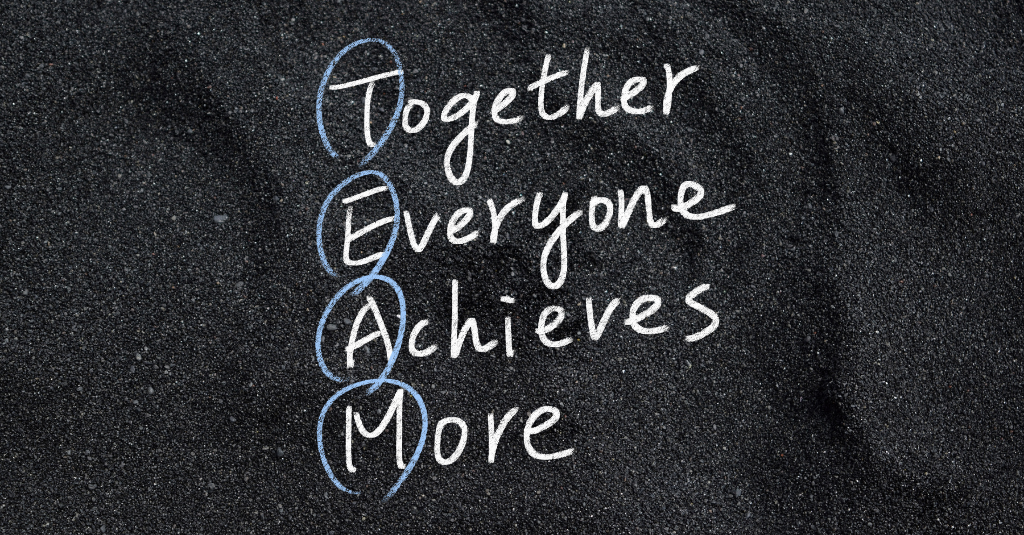Synergy and Productivity
Synergy is the magic that happens when a team combines the unique skills and perspectives of its individual members. By bringing together diverse talents and expertise, teams can tap into a wealth of knowledge and experience that far surpasses what any one person could achieve on their own. When team members collaborate and leverage each other’s strengths, they create a dynamic environment where ideas flow freely and complement each other. This synergy translates into enhanced productivity, as tasks can be tackled collectively and more efficiently. The division of labour allows individuals to focus on their areas of expertise, resulting in higher-quality outputs and faster completion times. In a well-functioning team, the sum of the parts is greater than the whole. Not to mention work satisfaction!
Furthermore, teamwork facilitates the efficient allocation of resources. When individuals work together towards a common goal, they can pool their resources and distribute the workload effectively. By dividing tasks based on each team member’s strengths and skills, teams can optimize their productivity and achieve better outcomes. This division of labour reduces duplication of efforts and minimizes the time spent on tasks that may not align with individual strengths. As a result, team members can focus on what they do best, leading to increased efficiency and overall productivity. Can you say “right bums in the right places”? Truly one of my most FAVOURITE phrases on the face of this planet.
Another important aspect of synergy within a team is the ability to compensate for weaknesses. Each team member brings a unique set of skills, but they also have areas where they may be less proficient. Through collaboration and mutual support, team members can rely on each other’s strengths to compensate for individual weaknesses. This creates a safety net where team members can seek help, advice, and guidance from others who excel in areas where they may struggle. By leveraging the collective expertise of the team, individuals can overcome obstacles more effectively and achieve better results. Let’s face it, nobody races to complete a task they find difficult or uninspiring.
Enhanced Creativity and Innovation
Collaboration within a team has a profound impact on creativity and innovation. When individuals from diverse backgrounds and perspectives come together, they bring a multitude of ideas and insights to the table. Through open discussions and brainstorming sessions, team members can challenge each other’s assumptions, think outside the box, and push the boundaries of conventional thinking. The exchange of ideas fuels a creative energy that can lead to breakthrough innovations. Let’s add some kerosene to the fire!
One of the key benefits of team collaboration is the opportunity for cross-pollination of ideas. As team members share their thoughts and perspectives, they expose others to new ways of thinking and problem-solving. This diversity of viewpoints sparks fresh perspectives and encourages individuals to consider alternative approaches. When people with different skill sets and experiences collaborate, they bring unique insights and knowledge that can inspire innovative solutions to complex problems.
Moreover, collaboration within a team creates a safe space for experimentation and risk-taking. When all team members feel supported and encouraged to share their ideas, they are more likely to take creative risks. This freedom to explore unconventional paths fosters an environment where innovation can flourish. The constructive feedback and collective expertise of the team help refine and enhance ideas, allowing for the development of more refined and impactful solutions. It is okay to “fail forward”.
In conclusion, team collaboration provides fertile ground for enhanced creativity and innovation. By encouraging open discussions, brainstorming sessions, and the exchange of ideas, teams can harness the collective intelligence of their members and challenge conventional thinking.
Support and Motivation
Support and motivation are vital components of a successful team dynamic. When team members feel supported, they gain the confidence to take risks and step outside their comfort zones. The knowledge that their colleagues have their backs creates a safe environment where individuals can freely share ideas without fear of judgment or rejection. This support system nurtures personal and professional growth by providing opportunities for individuals to explore their full potential.
A positive team environment also plays a significant role in fostering motivation. When team members feel a sense of belonging and camaraderie, they are more likely to be engaged and enthusiastic about their work. The mutual encouragement and support within a team create a ripple effect, boosting morale and motivating individuals to strive for excellence. The collective energy and shared goals propel team members forward, inspiring them to go the extra mile and achieve remarkable results. The motivation will roll into celebration within your entire team.
Furthermore, the support and motivation within a team contribute to higher job satisfaction. When individuals feel valued, respected, and supported by their team members, they experience a greater sense of fulfillment in their work. This positive work environment not only enhances job satisfaction but also increases retention rates within the team. The knowledge that they are part of a collaborative and supportive team fosters a sense of loyalty and commitment, ultimately benefiting both the individuals and the organization as a whole.
Effective Problem Solving
Collaboration within a team is a powerful tool for effective problem-solving. When faced with complex challenges, the collective knowledge and skills of team members allow for a multifaceted approach to problem-solving. By pooling together their expertise, team members can bring diverse perspectives and insights to the table. This diversity of viewpoints enables a thorough analysis of the problem from various angles, increasing the chances of identifying innovative and effective solutions. There is no need to wallow in frustration over a “mental block” when your team members are there and want to help.
Through collaboration, teams can leverage the collective intelligence of their members. Each individual brings their unique experiences and expertise, which, when combined, form a wealth of knowledge and insights. This collective intelligence allows teams to identify blind spots and biases, enabling them to make more well-rounded and informed decisions. By considering multiple perspectives and taking into account different potential outcomes, teams can mitigate risks and make strategic choices that lead to successful problem resolution.
Furthermore, collaboration within a team enhances problem-solving outcomes by fostering a culture of innovation and continuous improvement. When team members collaborate, they can freely share ideas and build upon each other’s contributions. This iterative process of brainstorming, prototyping, and refining solutions often leads to breakthrough innovations and more robust problem-solving approaches. The synergy created through collaboration unlocks the creative potential of the team and fosters a spirit of experimentation, enabling them to tackle even the most challenging problems with confidence and ingenuity.
Building Strong Relationships
Building strong relationships is a fundamental outcome of collaboration within a team. When individuals come together to work towards common goals, they develop a sense of camaraderie and shared purpose. Collaboration fosters an environment where team members can connect on a personal level, leading to the cultivation of strong interpersonal relationships. These relationships are built on trust, respect, and mutual understanding, forming the foundation for effective teamwork.
The bonds formed through collaboration contribute to a positive work culture. When team members trust and respect each other, they feel comfortable sharing ideas, asking for help, and providing constructive feedback. This open and supportive environment promotes healthy communication and collaboration, leading to improved teamwork and synergy. A positive work culture, in turn, enhances job satisfaction and overall well-being, as team members feel valued, supported, and appreciated.
Strong relationships within a team also have a significant impact on organizational success. When team members have positive relationships, they are more likely to be engaged and motivated in their work. The sense of belonging and connection fosters loyalty and commitment, reducing turnover rates and promoting employee retention. Furthermore, the collaborative environment created by strong relationships encourages knowledge sharing, continuous learning, and innovation, driving organizational growth and success.
In summary, collaboration within a team fosters strong relationships that are characterized by trust, respect, and understanding. These relationships contribute to a positive work culture, improving job satisfaction and retention rates. Additionally, strong relationships enhance teamwork and promote effective collaboration, leading to improved productivity and organizational success. By investing in building and nurturing strong relationships within teams, organizations can create a supportive and thriving work environment that benefits both individuals and the overall business.
“One for all and all for one.”


